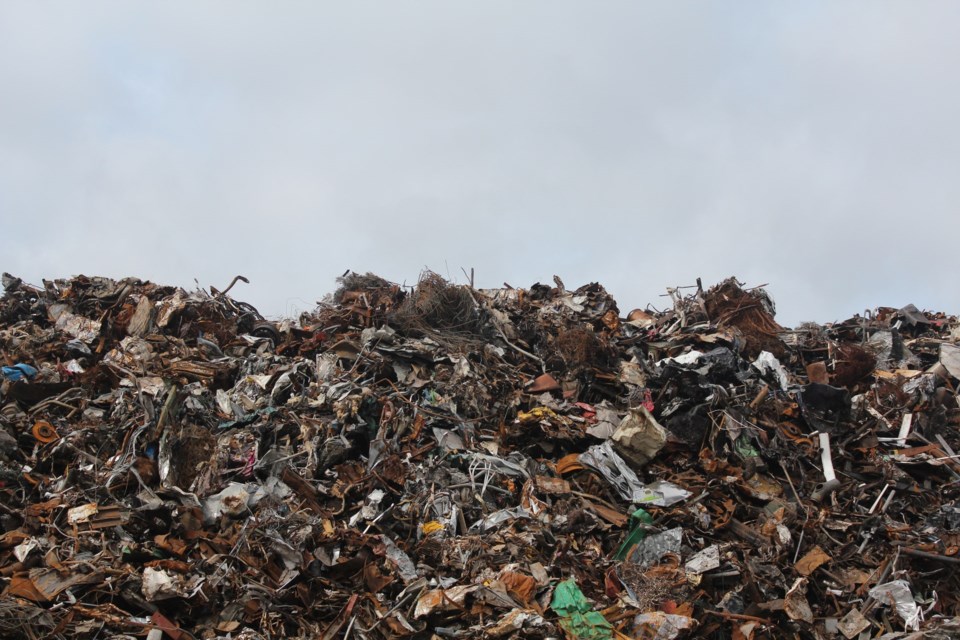To cut down on the municipality’s methane emissions, Squamish council is asking District staff to look into using an active flare for the landfill.
Flares are used to burn off methane gas, which reduces the amount of greenhouse gas emissions emitted by landfills.
Decomposing organic materials in landfills create gases, which are generally a half-and-half mixture of carbon dioxide and methane, which is 25 times more powerful than the former.
Currently, the methane emitted at the landfill is vented into the environment, staff say.
Council voted in favour of the motion in a split decision of 6-1 on Oct. 8, with Coun. Chris Pettingill being the sole dissenting vote.
As part of the motion, staff is being asked to find grants to fund the $900,000 project. A final decision will be made during the 2020 budget deliberations.
“I think, absolutely, we need to take care of this huge greenhouse gas footprint that we produce through the landfill,” said Mayor Karen Elliott.
“There’s a lot of [greenhouse gas emissions] that we have to account for... we did sign on to the climate action charter, which makes us responsible for doing this.”
Pettingill, however, had a different view.
“I am not sure this is the biggest bang for our buck. I would be probably pretty quickly on board if there was a grant,” he said.
“But without that in place, and with some of the other things that are in play, I’m not convinced that this is the best way to spend our rather limited resources on a big problem.”
According to a staff report, the Squamish landfill will emit approximately 677 tonnes of methane into the atmosphere in 2019 and will peak between 712 to 859 tonnes in 2027.
With those numbers, the District is not obligated by the province to address methane emissions, as it falls under the 1,000 tonne-threshold.
Regardless, council previously passed measures suggesting they would take action before reaching 1,000 tonnes of emission.
The previous council passed a resolution on June 7, 2016 telling staff to find a design for curbing landfill methane generation, even though it was under the threshold.
Compounding this promise was this July’s past declaration of a climate emergency.
Council’s direction to pursue an active flare is the more pricey choice.
Costing close to $1 million, it would likely require the District to borrow money and hike tipping fees by 3.5 per cent.
It is, however, a more efficient system that would collect gas to burn at a 70 to 80 per cent efficiency rate, which is approximately 510 tonnes, by municipal staff’s count.
The alternative would’ve been a passive flare that would cost $300,000.
With this method, gases in the landfill would be passively collected and run through a solar-spark flare — no mechanical force would be used to draw gas from the landfill.
This choice is significantly less effective — it would be 25 per cent efficient when initially installed, collecting about 170 tonnes to run through the flare. By 2027, staff say it would be 50 per cent efficient, collecting about 340 tonnes to burn.



